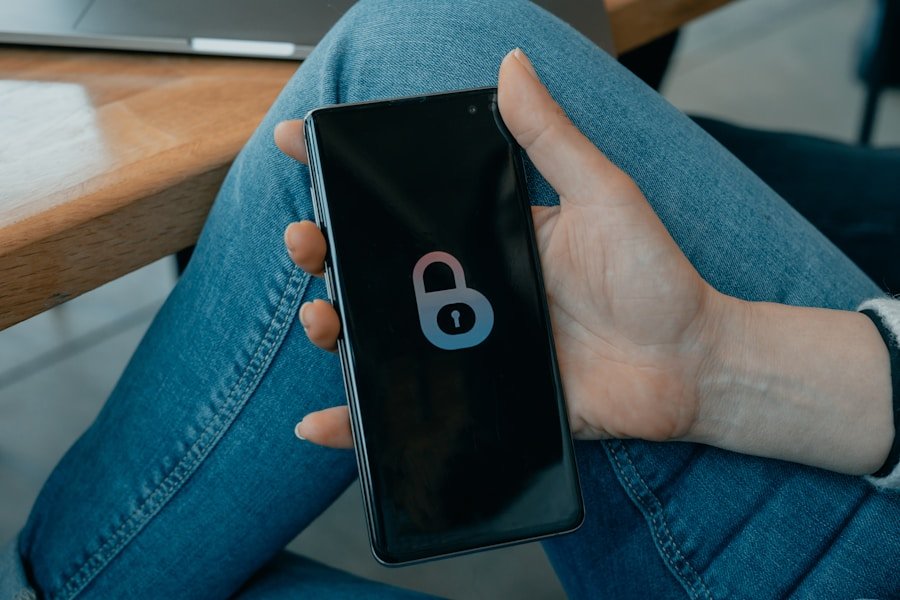A logic bomb is a type of malicious software (malware) that is programmed to execute a predetermined set of instructions when specific conditions are fulfilled. These conditions can include a particular date and time, the occurrence of a specific event, or the presence of certain data. Upon meeting these conditions, the logic bomb will initiate its intended actions, which may involve deleting files, corrupting data, or causing other forms of system damage.
Logic bombs are frequently inserted into a system by an disgruntled employee or a malicious insider with authorized access. They can also be introduced through malware infections or other types of cyber attacks. Once embedded, a logic bomb can remain dormant for an extended period, making it challenging to detect until it is activated.
Key Takeaways
- Logic bombs are malicious code that are designed to execute a harmful action when certain conditions are met.
- Signs of a logic bomb include sudden system slowdowns, unexplained file deletions, and unusual network activity.
- Best practices for preventing logic bombs include regular system updates, restricting user privileges, and implementing strong access controls.
- In the event of a logic bomb attack, steps to take include isolating the affected systems, conducting a thorough investigation, and restoring from backups if necessary.
- Employee awareness and training are crucial in preventing logic bomb attacks, as human error and negligence can often be exploited by attackers.
Signs of a Logic Bomb: How to Detect Suspicious Activity
Unusual System Behavior
Some signs that may indicate the presence of a logic bomb include unusual spikes in network activity, unexplained changes in file sizes or permissions, and unexpected errors or crashes in the system.
Suspicious File or Program Activity
Another potential sign of a logic bomb is the sudden appearance of new files or programs that were not authorized or requested by the system administrators.
Employee Behavior
Additionally, if an employee who has access to the system suddenly becomes disgruntled or exhibits suspicious behavior, it may be worth investigating whether they have introduced a logic bomb into the system.
Preventing Logic Bombs: Best Practices for System Security
Preventing logic bombs from damaging your systems requires a multi-faceted approach to system security. One of the most important steps is to limit the access that employees have to critical systems and data. By implementing strict access controls and monitoring employee activity, you can reduce the risk of a disgruntled employee introducing a logic bomb into your system.
Regularly updating and patching your systems is also crucial for preventing logic bombs and other forms of malware from gaining a foothold in your network. By keeping your systems up to date with the latest security patches and software updates, you can close off potential vulnerabilities that could be exploited by attackers.
Responding to a Logic Bomb: Steps to Take in the Event of an Attack
If you suspect that a logic bomb has been activated in your system, it is important to act quickly to minimize the damage. The first step is to isolate the affected systems from the rest of your network to prevent the logic bomb from spreading further. Next, you should attempt to identify the source of the logic bomb and gather as much information as possible about its intended actions.
Once you have gathered this information, you can begin the process of removing the logic bomb from your system. This may involve restoring from backups, reinstalling software, or even rebuilding your systems from scratch if the damage is severe. It is also important to conduct a thorough investigation to determine how the logic bomb was introduced into your system and take steps to prevent similar attacks in the future.
Case Studies: Real-Life Examples of Logic Bomb Attacks
There have been several high-profile cases of logic bomb attacks in recent years, highlighting the potential damage that these attacks can cause. One notable example is the case of Timothy Lloyd, a former systems administrator at Omega Engineering who introduced a logic bomb into the company’s network after being fired. The logic bomb caused $10 million in damages and resulted in Lloyd being sentenced to 41 months in prison.
Another example is the case of Vitek Boden, a former IT contractor at Fannie Mae who introduced a logic bomb into the company’s network after his contract was terminated. The logic bomb caused widespread damage to Fannie Mae’s systems and resulted in Boden being sentenced to 41 months in prison.
The Human Factor: How Employee Awareness Can Help Prevent Logic Bomb Attacks
Education and Awareness
One of the most effective ways to prevent logic bomb attacks is to educate employees about the potential risks and consequences of introducing malicious software into a system. By promoting a culture of security awareness and encouraging employees to report any suspicious behavior, you can reduce the likelihood of a logic bomb being introduced into your network.
Background Checks and Access Control
It is also important to conduct thorough background checks on employees who have access to critical systems and data, particularly those who have been terminated or are leaving the company. By monitoring employee activity and implementing strict access controls, you can reduce the risk of a disgruntled employee introducing a logic bomb into your system.
Proactive Measures
By taking proactive measures such as educating employees, conducting background checks, and implementing access controls, you can significantly reduce the risk of a logic bomb attack.
Future Threats: Anticipating and Protecting Against New Forms of Logic Bombs
As technology continues to evolve, so too do the threats posed by logic bombs and other forms of malware. It is important for organizations to stay ahead of these threats by continually updating their security measures and investing in new technologies that can help detect and prevent logic bombs from damaging their systems. One potential future threat is the use of artificial intelligence and machine learning to create more sophisticated and difficult-to-detect logic bombs.
By leveraging these technologies, attackers may be able to create logic bombs that can adapt to changes in a system and remain hidden for longer periods, making them even more challenging to detect and remove. In conclusion, logic bombs pose a significant threat to organizations and their systems, but by understanding how they work, detecting suspicious activity, implementing best practices for system security, and educating employees about the risks, organizations can take steps to prevent these attacks from causing widespread damage. By staying vigilant and anticipating future threats, organizations can protect themselves against new forms of logic bombs and other emerging cyber threats.
FAQs
What is a logic bomb?
A logic bomb is a piece of code that is intentionally inserted into a software system to execute a malicious function when certain conditions are met. It is often used to damage or disrupt a computer system.
How can logic bombs be detected?
Logic bombs can be detected through careful monitoring of system behavior and by implementing security measures such as intrusion detection systems and antivirus software. Unusual or unexpected behavior in a system can be a sign of a logic bomb.
What are some common signs of a logic bomb?
Common signs of a logic bomb include sudden and unexplained system crashes, unusual error messages, and unexpected changes in system behavior. These signs may indicate that a logic bomb has been activated.
How can logic bombs be prevented?
Logic bombs can be prevented by implementing strict access controls, regularly updating and patching software, and conducting thorough code reviews to identify and remove any potentially malicious code. Additionally, employee background checks and security training can help prevent insider threats.
What should be done if a logic bomb is suspected or detected?
If a logic bomb is suspected or detected, it is important to immediately isolate the affected system to prevent further damage. IT professionals should then conduct a thorough investigation to identify and remove the logic bomb, and take steps to strengthen the system’s security to prevent future attacks.











